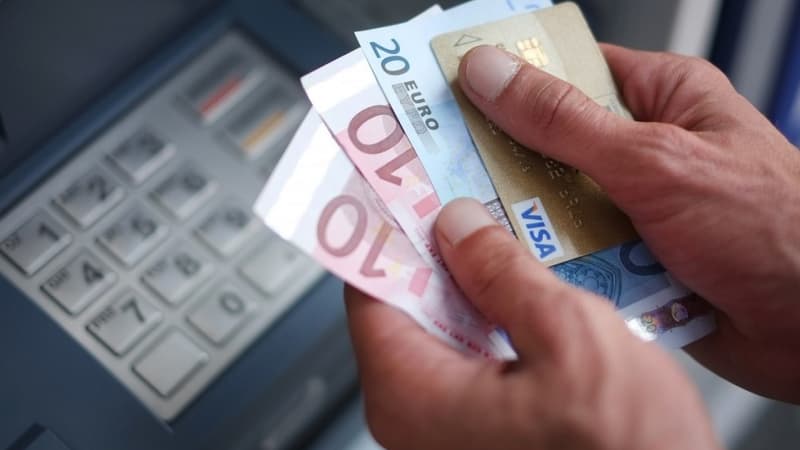1500 euros: this is on average what a poor household must pay more each year to access the same goods and services as a richer household. This phenomenon has a name: the double penalty of poverty. That is, a loss of purchasing power added to already weaker resources.
According to a study by Banque Postale and Action Tank Entreprise, 9.2 million households are affected in France and in all sectors: real estate, transport, insurance, communication or even health…
Second-hand vehicles, a salty addition
To illustrate this phenomenon, we can observe that a modest household will tend to buy a second-hand vehicle instead of a new and more expensive vehicle. But on the back, you will have to take out your bank card more often: 17% more fuel, more visits to the garage… The bill for additional expenses will quickly rise.
Even search for housing. Not only do less well-off households benefit from an average of 0.7 fewer rooms, but the rent for small areas is around 13% higher per m2. And with less solid backgrounds, low-income families find their access to quality housing restricted. Therefore, they are more likely to rent “heated strainers,” incurring an additional 13% expense to “obtain the same level of comfort as a family living in a well-insulated space,” according to the study.
APL, energy control…
Another example cited in the study, that of health, where according to a Statista study, 46% of people who earn less than 20,000 euros a year say they have mutual funds compared to 70% of people who earn more than 20,000 euros.
The study also examines the solutions that exist to overcome the double penalty of poverty. It is already possible to offer inclusive offers from companies that offer goods and services, avoiding, for example, home insurance premiums depending on the place of residence.
The State, of course, has a role to play, through redistribution through the implementation of regulations and specific aid. It is already the case of the APL, the activity bonus or even the energy check. Devices that are aimed precisely at these more modest homes.
The boot theory
This double pain of poverty is also very well explained in Terry Pratchett’s The Annals of the Discworld published in 1993. In this novel, the character Sam Vimes explains his “boots theory” which extrapolates why the poor remain poor. poor and the rich stay… rich.
“Look, the boots, for example. He earned thirty-eight piastres a month plus allowances. A very good pair of leather boots cost fifty piastres. Water than a sponge as soon as the cardboard faded, it cost about ten. […] But the thing to say is that good boots lasted for years and years.”
Still according to Captain Sam Vimes, in a span of ten years, while the buyer who had paid 50 piastres always had dry feet, the “poor man who could only afford cheap boots” had spent 100 piastres and “still found his feet wet.” “. “.
Source: BFM TV


